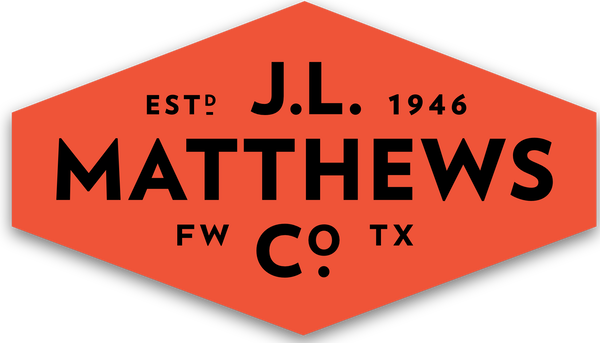
Why Is My Tree Dying?
2020 has been deemed as the year of the pandemic… but what about the plant-demic? As the world recovers from last year’s crisis, this one might be more difficult to “prune”.
A native of China, the Spotted Lanternfly became a stowaway as it made its way to Pennsylvania in 2014. As the years have grown, so has the count of crops that this invasive species has taken under its wing. Over the last 6 years, it has taken over fruit trees across the East Coast- more prominently in Pennsylvania, New Jersey, Delaware and Virginia. As the Department of Agriculture says “Kill it! Squash it, smash it … just get rid of it.”

The East Coast fruit trees aren’t the only ones under attack! California’s giant sequoias, millions of pines, beech trees and spruces are dropping as fast as their leaves change for the season. But why? Cedar Bark Beetles have been eating them from the top down! The bug-repelling tannins that would typically cast off these unwanted pests have been weakened with a mix of factors such as increased droughts and wildfires. The process that usually helps grow new forests, is actually aiding in the prevention of new ones to spring up.

In another part of the North America- the Pacific Northwest and further into Canada, the timber supplies are facing a shortage. Sometimes, a problem the size of a grain of rice wouldn’t be that big of a deal, that is, until you are talking about tiny mountain pine beetles. These minute menaces have already wiped out 15 years of log supplies! Usually an important part of devouring old, dead trees- they have been consuming their way through a North American road trip during these untypical warm winter months. A good sign that your tree has been marked as a victim, is the pine needles turn a blood-red and the bark will be oozing a creamy tomato-bisque like resin.

For the Spotted Lanternfly, getting rid of the problem starts and ends with the life of the bug. For the beetles, you may have to cut down the infected tree to prevent an uncontrollable yet anticipated fall after death settles in. However, cutting it down during the wrong season may be more catastrophic than the 6-legged pests themselves. The easiest time to remove a tree is during the dormant season- between late winter and early spring. This is because they are leafless and are lighter, plus the frozen ground helps the other plants stay in place as you uproot the old gem.

Because removing a tree is a dangerous job, it’s important to have quality PPE and equipment like saws, hearing protection, etc. Luckily, Husqvarna has partnered with us, J.L. Matthews, to provide you exactly what you need to assure yourself, your tree and your surroundings are safe. Check out some of our Husqvarna collection and arborist tools collection for these kinds of jobs.
On a final note, if you find yourself hesitant when beginning the process to cut down your infected/ infested tree, call an ISA Certified Arborist for the job. No matter how hands-on you may be, nothing says quality (and safety) like hiring a professional.
Stay safe out there!


